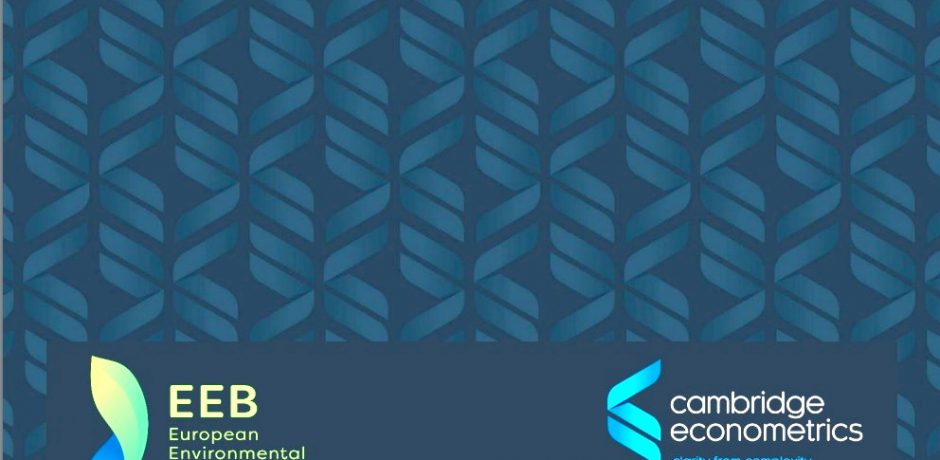Ecodesign measures for cement, furniture, textiles and small home appliances show promise to deliver climate savings, new research finds.
The new research examines the potential environmental and consumer savings that new ecodesign measures could bring to Europe through the new Ecodesign for Sustainable Products Regulation.
The ESPR was proposed in March 2022 in line with the European Green Deal and Circular Economy Action plan’s goal to make sustainable products the norm.
The new ecodesign measures include setting minimum requirements on product design (design for durability, repairability and recyclability) as well as provisions aiming to reduce unnecessary production (through banning the destruction of unsold goods).
Specifically, the report looked at potential savings that new measures could bring for four product groups through case studies on each, namely kitchen appliances (kettles and microwaves), textiles (t-shirts), intermediary construction materials (cement) and furniture (office desks and chairs).
Whilst it is promising to see that two of these sectors (furniture and textiles) are likely to be included in the measures, there is still uncertainty about which other product groups will be included in a draft work plan expected to be published for consultation in early 2023.
Regulating intermediary products, like cement, may have a vast potential because of the high carbon intensity of these products and their inclusion in a range of different types of products. Similar analysis, recently published by Zero Waste Europe and Eunomia, found that a business-as-usual approach to producing intermediary materials, which account for a quarter of global emissions, are leading us towards global warming of up to 2.5°C.
The Commission already signaled that it would exclude cement from the ESPR scope in an earlier communication, preferring to address this highly polluting sector in the Construction Products Regulation (CPR). Environmental groups however fear that the CPR will be a weaker instrument, unlikely to set minimum design requirements with the same strength as ecodesign legislation. The risk is prolonging the availability of cement with high embodied emissions. As the study found, 7% of global greenhouse gas emissions are linked to cement production, and emissions from EU cement production alone is equivalent to the emissions of Belgium.
Omitting these products from the Ecodesign work plan would therefore be a missed opportunity for the EU to work towards its climate targets.
The study also showed promising outcomes from establishing horizontal requirements across groups of similar products.
Products such as kettles and microwaves could be grouped as ‘small kitchen appliances’.
Individually these products might not account for a sufficient footprint to be prioritised , but across the entire group, the potential savings for horizontal measures can be very significant. Delays in ecodesign measures for individual product groups threaten climate goals and cost consumers, and so there is no reason for the Commission not to speed up the process by tackling multiple product groups at once.
Jean-Pierre Schweitzer, Deputy Manager Circular Economy says: “The research published today reaffirms that using the power of the European market to create minimum requirements for a range of products, including non energy products such as textiles and furniture, intermediary products such as cement, and groups of products like small kitchen appliances have potential to deliver significant environmental and savings.”
More sustainable products will also bring financial savings to consumers
More durable and repairable products mean less need to buy new ones, and eco-friendly design of kitchen appliances means lower electricity and water bills. Given the current cost of living crisis, it’s vital that the EU protects its consumers as much as possible through ecodesign.
This research sends the EU a clear message: to make the products as sustainable as possible through robust ecodesign measures, by prioritising horizontal and intermediary product groups in the new work plan, and ensuring that there are no delays to implementation.
The European Environmental Bureau (EEB) is Europe’s largest network of environmental citizens’ organisations, standing for environmental justice, sustainable development and participatory democracy. Our experts work on climate change, biodiversity, circular economy, air, water, soil, chemical pollution, as well as policies on industry, energy, agriculture, product design and waste prevention. We are also active on overarching issues such as sustainable development, good governance, participatory democracy and the rule of law in Europe and beyond.
We have over 180 members in over 38 countries.

